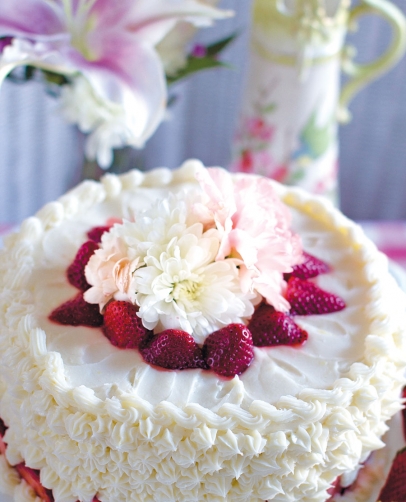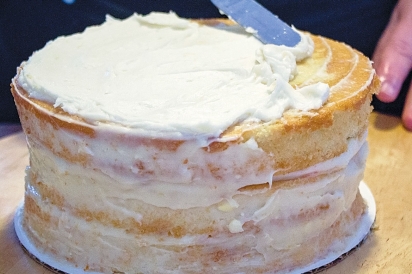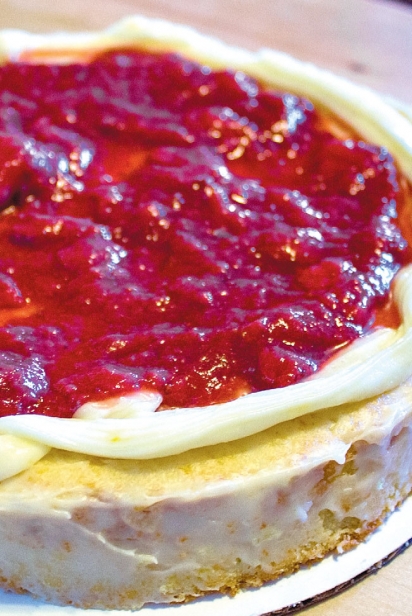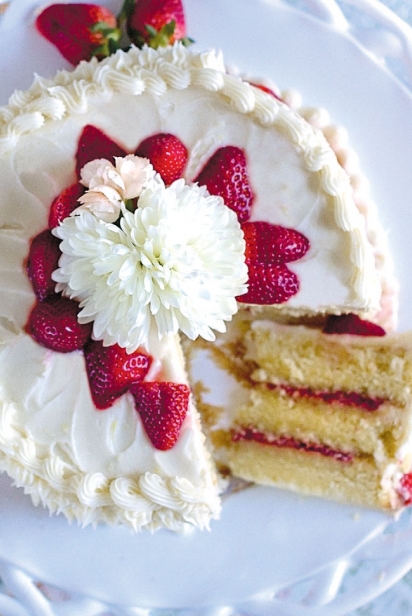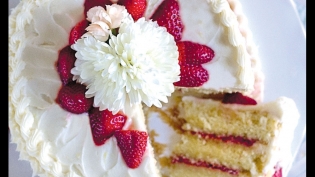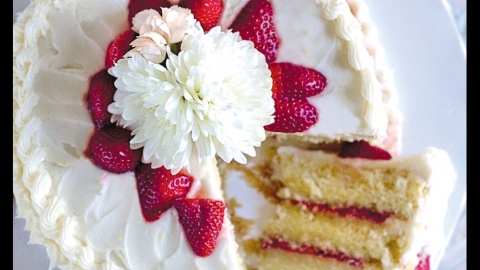Cake Art
In Celebration of Spring
Agnes Burke was the fifth of six siblings who grew up on the southern edge of Cadillac, on Marble Street. The family was 100 percent Swedish. Her father, John Bjorklund, had come over from the lake region in 1897, first to Minnesota, where he ran a pool hall, and then to Michigan.
He met Wendla Benson, a first-generation American whose family staked a claim to a homestead in Wexford County, now a historical farm, still in the family. She was ten years younger than he. After their marriage they settled in Cadillac and began a family. They had a child every two years, and none of them spoke English until the oldest went to school and started learning it.
From the time she was 6 or 7 years old, every afternoon when Agnes got home from school, she set about making a cake for the family’s supper. Vanilla cakes, 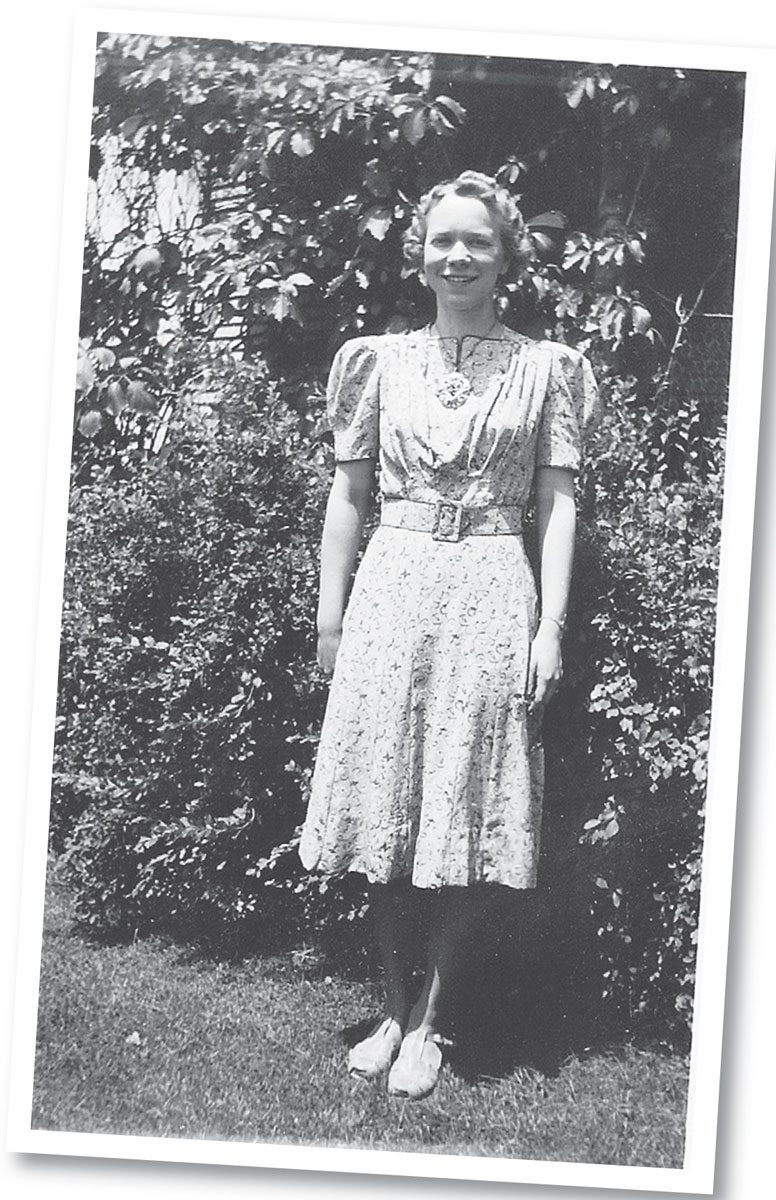 chocolate cakes, spice cakes—all simple, yet so appreciated by the family when they sat down for the evening meal. By the time she was a teenager, she had baked literally thousands of cakes.
chocolate cakes, spice cakes—all simple, yet so appreciated by the family when they sat down for the evening meal. By the time she was a teenager, she had baked literally thousands of cakes.
Agnes went to work at a local bakery, helping with the cakes and more. One day, a young gentleman visiting from Boyne City spotted her through the window. A few months later, they were married, at 10:30 one night in February, after she had finished her shift at the bakery. When they got back to her mother’s house after the brief ceremony, her mother had baked them a fancy cake to celebrate the happy occasion.
In 2012, on the occasion of her 93rd birthday, I baked this cake for Agnes, my beloved grandmother. I had been baking it for special occasions for many years and she requested it for the huge party we threw, which was, sadly, her last.
Cakes have an undeserved reputation as something challenging to bake. The truth is, cakes are chemistry, plain and simple. If you know all the steps and the reasons for them, you can easily put together a show-stopper of your own. This cake is a perfect example.
Let’s look at the ingredients and the steps of making cakes.
Butter—ah, that glorious fat. The better the butter, the better the cake. Fresh grass-fed butter will make the most flavorful baked goods. Vegans can substitute Earth Balance brand shortening, which is the very best replacement for butter in terms of how it behaves and how it tastes.
It is important to beat the softened butter quite well before you even add the sugar. Once you have beaten the butter for a good 2 minutes, add the sugar and beat this well, too.
Eggs serve an essential role in cake baking, as they are the emulsifier that helps the buttery batter absorb the milk or other liquids. They are the bridge. The better the eggs, the better the cake! For many years, cooks were told to always have eggs at room temperature. Food scientists have determined that this is not necessary for the eggs to work correctly in the mix. Vegan bakers can use flaxseed “eggs” or egg replacer powder, which change the flavor and the texture slightly. This cake is not one that would work well with flax “eggs” because of the nutty taste they bring. (I make a lot of vegan cakes, but this is not one of them!)
Do add the eggs one at a time, and make sure each is fully incorporated before adding the next one.
If you are using any flavorings—like vanilla or, in this case, lemon juice—add to the mixer after the eggs are fully incorporated.
Cake flour has a lower protein count than all-purpose flour. This gives a cake a lighter crumb. Since most people do not keep cake flour around the house, you can make it yourself. Sift some all-purpose flour into a small bowl and then measure out 1 cup. Remove 2 tablespoons, and then add 2 tablespoons of cornstarch back in. Do this for each cup of cake flour that you need, then sift the mixture a few times to make sure it is thoroughly mixed.
Do you absolutely need cake flour? If you want a more showy cake with a fine crumb, yes. If you are making an everyday cake for your personal enjoyment, no. All-purpose flour is entirely fine. Always sift your flours before you measure.
I have made this cake with gluten-free flour for weddings, and it has been more popular than the actual wedding cake! I use King Arthur Gluten Free Multipurpose flour for special cakes. Add 1 teaspoon of xanthan gum for every cup of gluten-free flour used.
Sift the dry ingredients together before you add them. Many cake recipes call for adding the dry ingredients alternately with the milk/liquid. This helps the batter take on each ingredient, and for the milk to be correctly absorbed by the flour.
One last tip: Once the batter is in the cake pans, give each a few quick taps on the counter. This releases any air bubbles that might make holes in the layers.


